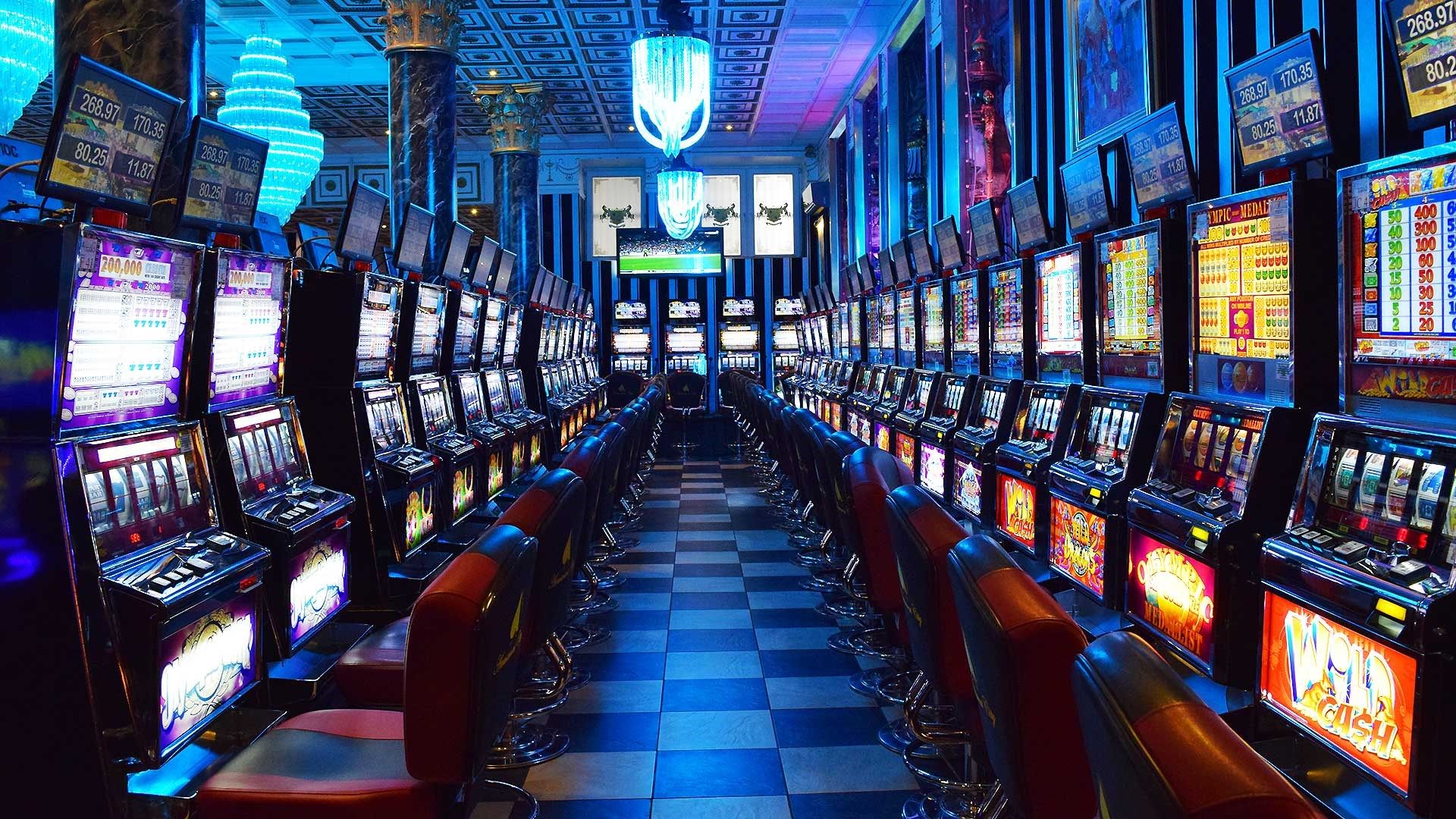
In a vibrant and stimulating world of gaming establishments, wherein fortune and tactics intertwine, hues and design play a pivotal role in drawing in players. As soon as players step inside a casino or log into a gaming platform, they are enveloped in a sightly feast that captures their attention and lures them to explore further. Vivid colors, captivating graphics, and innovative layouts are meticulously crafted to create an environment of excitement and anticipation, ultimately improving the gaming encounter.
While gamblers move through the dynamic landscape of casino games, they encounter a range of designs that not only serve aesthetic purposes but also influence emotions and choices. Hues like red and gold symbolize wealth and luck, while calm blues and greens can create a more relaxed environment. Understanding how these elements work together enables casinos to create an welcoming and energizing atmosphere that encourages players to interact with the games, spend additional time at the tables, and increase their overall enjoyment.
The Psychology of Hue in Gambling Games
Tint plays a critical role in the creation of gaming experiences, shaping players’ feelings and behaviors. Lively and striking colors, such as red and amber, are often used to ignite enthusiasm and capture notice. These colors create a sense pressure and energy, encouraging players to involve themselves more readily with the experience. By thoughtfully selecting tints, developers aim to inspire feelings of joy and expectation, which can enhance the complete gaming experience.
Various shades also have psychological meanings that can impact how players perceive their chances of winning. For case, green is often associated with good fortune and abundance, making it a well-liked choice in games like the roulette wheel and poker setups. This association can result participants to feel more positive and assured in their gameplay, ultimately inspiring them to stake more. Comprehending these associations allows game designers to create environments that enhance player satisfaction and retention.
Moreover, the design of casino game interfaces often uses color gradients and contrasting colors to instruct players’ responses. For instance, successful results may be emphasized with bright, opposing hues, creating a visual reward. This method reinforces positive outcomes and supports repeated participation. By exploiting the science of color, casinos can design games that not only captivate players but also hold them engaged and dedicated in their game experience.
Design Elements that Engage Gamers
The visual appeal of casino games is primarily influenced by the use of vibrant colors. Lively and contrasting colors are deliberately chosen to create an appealing atmosphere that captures interest. For instance, crimson and golden hues often signify luck and prosperity, which is why they are prevalent in the color schemes of gaming machines and game surfaces. These colors not only draw players in, but they also stir emotions associated with thrill and anticipation, enhancing the total gaming experience.
In parallel to color, the design and organization of casino games play a significant role in player attraction. Games are designed to be intuitive, ensuring that players can quickly understand the rules and mechanics. User-friendly interfaces, along with captivating graphics and animations, help maintain player interest and encourage extended play sessions. The physical elements, such as the feel of the controls and the audio of the games, also contribute to a comprehensive sensory experience that keeps players engaged.
Finally, conceptual elements in gaming design can significantly influence gaming decisions. https://f168.group/ Many casino games are inspired by media, fairy tales, or adventure themes, featuring symbols and characters that resonate with players. These themes create a sense of immersion and connection, making each game feel distinct. When players feel a connection to the theme, they are more likely to choose that game over others, leading to higher participation and excitement within the casino environment.
Case Studies: Successful Casino Table Game Designs
One prime example of impressive gambling game design is the well-known slot machine series based around hit movies. Games such as those based on the The Wizard of Oz and Game of thrones utilize dynamic colors and top-notch graphics to enthrall players in recognizable narratives. The application of moving visuals and captivating sound effects captures the focus of players, building an affective connection to the theme. This strategy not just encourages longer play but also enhances the overall gaming experience, resulting in increased player retention.
Another notable case is the application of color psychology in table games like 21 and roulette. Casinos often develop these games with rich reds and greens, colors traditionally linked with luck and wealth. For instance, the emerald felt on a blackjack table provides a calming effect, while the red accents in the wheel invite excitement. This thoughtful use of color helps to create an inviting atmosphere that stimulates players to join in, satisfying their psychological impulses and increasing their enjoyment.
Finally, online casino games that include social features and lively, lively designs have experienced remarkable success in engaging players. Games like Zynga’s Poker and Slot-O-Mania leverage striking colors and playful animations to establish an inviting online environment. The inclusion of leaderboards, social sharing options, and in-app rewards encourages competition and community, drawing players in for longer sessions. Such designs not just make the games visually enticing but also underscore social connectivity, a key factor in player retention and engagement within online casino environments.

